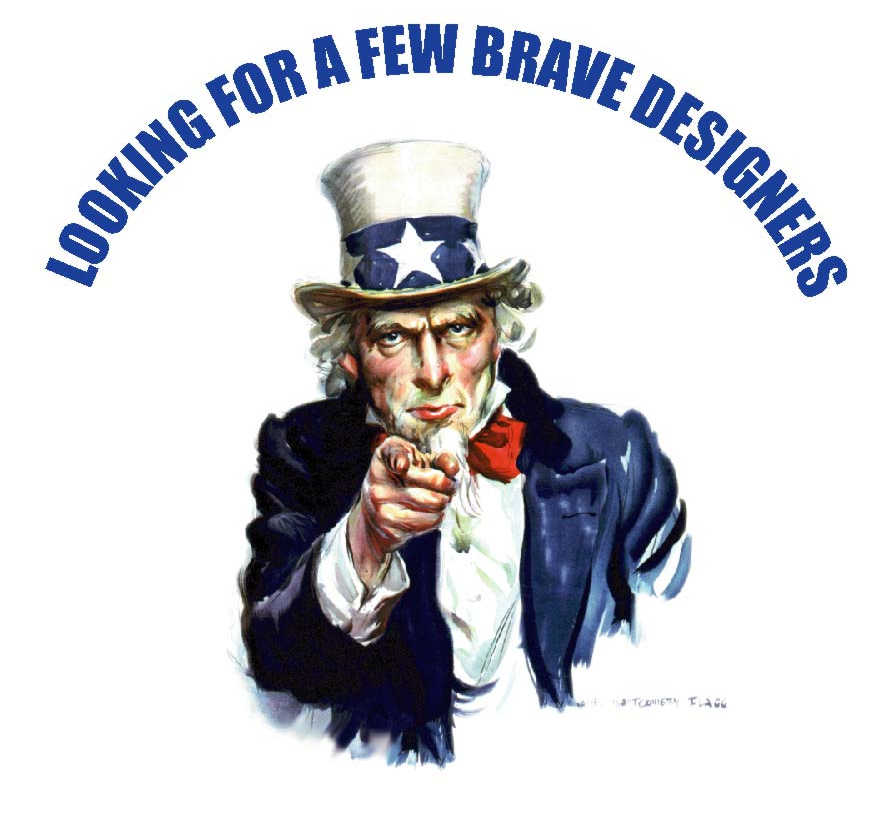Latest News
June 2, 2009

I’m looking for a few brave souls!
Your mission—should you chose to accept it—is to let me periodically take a peek at an ongoing design project (that’s “ongoing” as in “still in development”) so I can share your progress, setbacks, surprises, headaches, and heartburn with the design community at large.
In my experience, most designers and their clients have no problem sharing the outcome of completed projects. I’ve written quite a number of case studies. The standard procedure is, I spend a few hours interviewing the designer about his or her creation, the inspiration behind it, and the CAD or PLM (project lifecycle management) software involved. Then I file a 1,200-1,500 article, along with a few rendered images showing the design in cool, ambient lights.
With your help, I’d like to completely rewrite this existing formula for case studies.
I’d like to track a project as it is happening. I’d like to start, quite literally, from the napkin drawing, then follow the iterations throughout thier 2D, 3D, digital prototype, and physical prototype stages, all the way to the eve of production. Along the way, I’ll bombard you with questions: What is your reason for dropping or adding a feature? Why do you pick one material over the other? What do the FEA results show? What is the feedback from the manufacturer and the client?
Such a treatment, I believe, will be of tremendous value to other designers. It’ll also give blog readers the option to weigh in on your concepts, suggest alternatives, or help you troubleshoot. Perhaps this could serve as a pioneering attempt at open product development and crowdsourcing* (see notes at end of post).
In other words, this is intended to be a living case study, not a postmortem. I imagine this as a series of blog posts over time, reinforced with audiovisuals. (How’s that for “long form journalism”?)
In the near future, I’ll be setting up a home page for this blog in a social networking site (my first choice is Facebook); I intend to prominently feature the living case studies on this page. So please check with your client to see if they’re comfortable with the idea and the level of openness it demands (I don’t want you to lose your contract on account of my blog).
If you’d like to be considered for this idea, leave me a comment or shoot me an email. If you think this is a terrible idea, tell me anyway. I look forward to your input. (I believe crowdsourcing is applicable not just to my topics but my writing as well.)
Feel free to repost this or forward this to others.
[*Note: In pcmag.com’s online encyclopedia, crowdsourcing is defined as “Using the general public to do research or other work, which may or may not be paid.” For more, read Wired magazine’s “Is Crowdsourcing Evil?” and BusinessWeek‘s “Crowdsourcing: Consumers as Creators.”]
Subscribe to our FREE magazine, FREE email newsletters or both!
Latest News
About the Author
Kenneth Wong is Digital Engineering’s resident blogger and senior editor. Email him at [email protected] or share your thoughts on this article at digitaleng.news/facebook.
Follow DE





